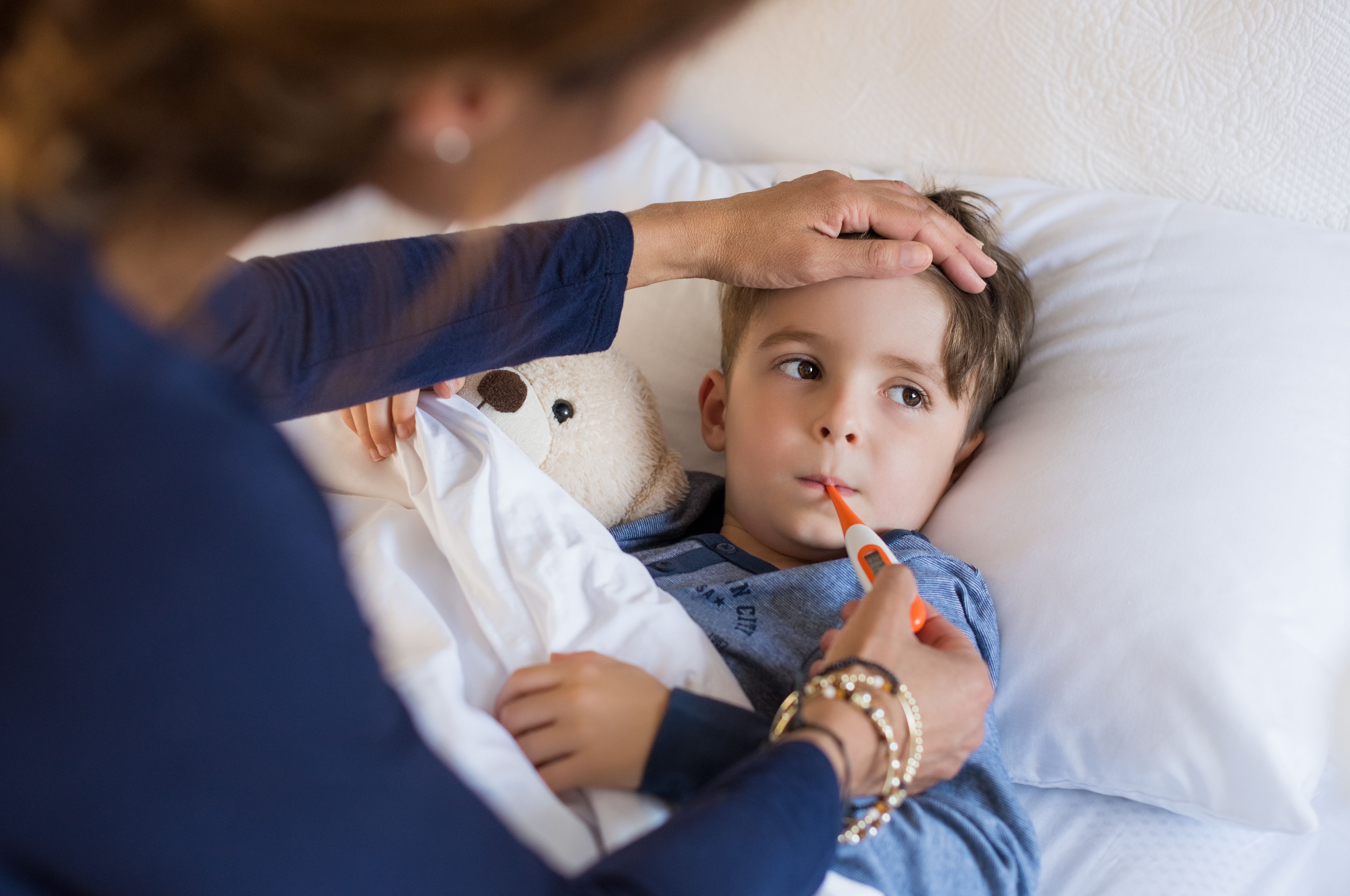Higher risk of autoimmune, other disorders associated with children of mothers with alopecia areata
New data indicates that increased risk for offspring in developing different disorders is associated with maternal alopecia areata exposure, expanding the available information on alopecia and maternal autoimmunity.
Higher risk of autoimmune, other disorders associated with children of mothers with alopecia areata | Image Credit: © Rido - © Rido - stock.adobe.com.

Maternal alopecia areata exposure is associated with higher risk of autoimmune, atopic, inflammatory, thyroid, and psychiatric disorders in the offspring of mothers, according to recent findings.1
Genetic polymorphisms and other alterations are known to be involved in the immune dysregulation of those with alopecia, and factors such as environmental and socioeconomic elements are also known to be involved.
This new study was conducted due to the rarity of alopecia studies concerning maternal autoimmunity and patients’ development of inflammatory and autoimmune disorders in offspring.2 The research was authored by Ju Yeong Lee, MD, from the Department of Dermatology at Yonsei University Wonju College of Medicine in South Korea.
“Therefore, we constructed a nationwide birth cohort to determine whether the presence of maternal AA is associated with increased risk of comorbidities that have been reported to be associated with AA in offspring born to mothers with AA,” Lee and colleagues wrote.
Background and Findings
The investigators conducted a retrospective study using a population-based birth cohort through the linked birth registration database and the Nationwide Health Insurance Service database of Korea.
The research team included newborns born to mothers who had 3 or more visits with the International Classification of Diseases, Tenth Revision code of L63, and a control group of offspring who were matched in terms of sex, birth year, insurance, location of residence, and income.
The period of analysis ranged from 2003 - 2015, and the team’s research was conducted between July of 2022 and January of 2023. The investigators’ main focus for the study was on maternal alopecia areata (autoimmune diseases).
The research team’s major goal was to measure the occurrence of various diseases in newborns from birth to December 31, 2020, including the following: alopecia, psoriasis, alopecia totalis/universalis (AT/AU), attention-deficit hyperactivity disorder, inflammatory bowel disease, vitiligo, rheumatoid arthritis, atopic dermatitis,asthma, allergic rhinitis, hyperthyroidism, hypothyroidism, Graves disease, Hashimoto thyroiditis, mood, and anxiety disorder.
The team’s analysis utilized multivariable Cox proportional hazard analyses, taking into account several different covariates including age, year of birth, maternal age, type of insurance, level of income, location of participant’s residence, delivery mode, maternal history of atopic disorders, and autoimmune disorders.
The investigators’ analysis involved a total of 67,364 children who had been born to 46,352 mothers with alopecia areata, as well as 673,640 controls born to 454,085 unaffected mothers in the study.
Overall, the research team found that the offspring born to mothers with the skin condition showed a substantially increased risk of developing various conditions compared to the control arm of the study.
These conditions included alopecia itself, with an adjusted hazard ratio (aHR) of 2.08 (95% CI: 1.88 - 2.30), in addition to alopecia totalis/alopecia universalis with an aHR of 1.57 (95% CI: 1.18 - 2.08), and vitiligo with an aHR of 1.47 (95% CI: 1.32 - 1.63).
Additionally, the investigators noted increased risk of atopic disorders with an aHR of 1.07 (95% CI: 1.06 - 1.09), hypothyroidism with an aHR of 1.14 (95% CI: 1.03 - 1.25), and psychiatric disorders with an aHR of 1.15 (95% CI: 1.11 - 1.20).
In a notable finding by the team, among those born to mothers with AT/AU, the risk of developing AT/AU itself was significantly higher with an aHR of 2.98 (95% CI: 1.48 - 6.00), as was the risk of developing psychiatric disorders with an aHR of 1.27 (95% CI: 1.12 - 1.44).
“In this large-scale Korean population-based cohort study, we found that exposure to maternal AA was associated with increased risk of autoimmune, inflammatory, atopic, thyroid, and psychiatric disorders in offspring,” they wrote. “Clinicians and mothers with AA need to be aware that their children might have these comorbidities, and clinicians should make an accurate diagnosis when they occur.”
This article was published by our sister publication HCP Live.
References
- Lee JY, Ju HJ, Han JH, et al. Autoimmune, Inflammatory, Atopic, Thyroid, and Psychiatric Outcomes of Offspring Born to Mothers With Alopecia Areata. JAMA Dermatol. Published online May 24, 2023. doi:10.1001/jamadermatol.2023.1261.
- Ivert LU, Wahlgren CF, Lindelöf B, Dal H, Bradley M, Johansson EK. Association between atopic dermatitis and autoimmune diseases: a population-based case-control study. Br J Dermatol. 2021;185(2):335-342. doi:10.1111/bjd.19624
